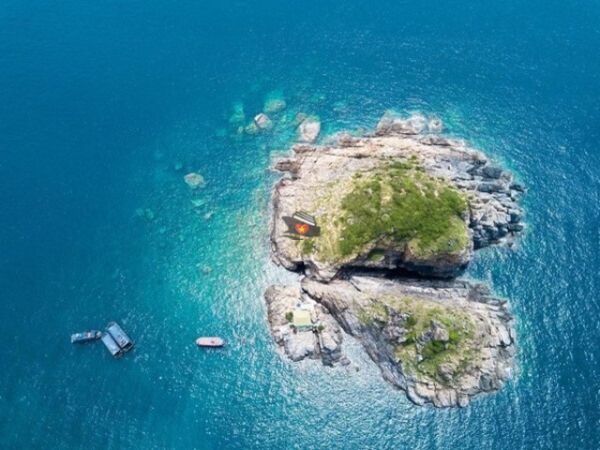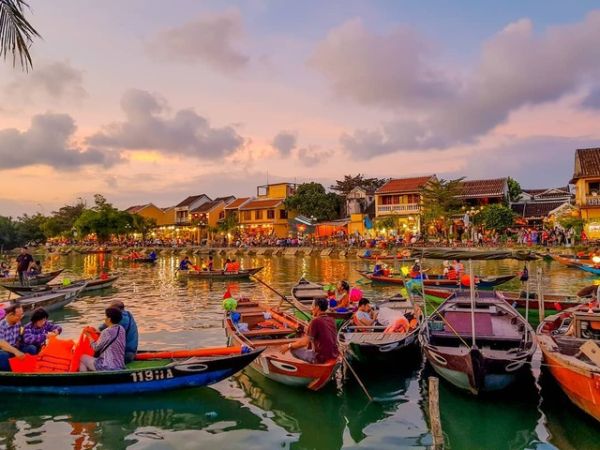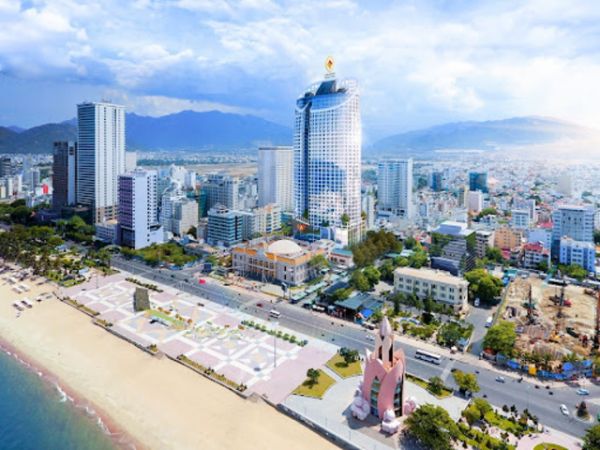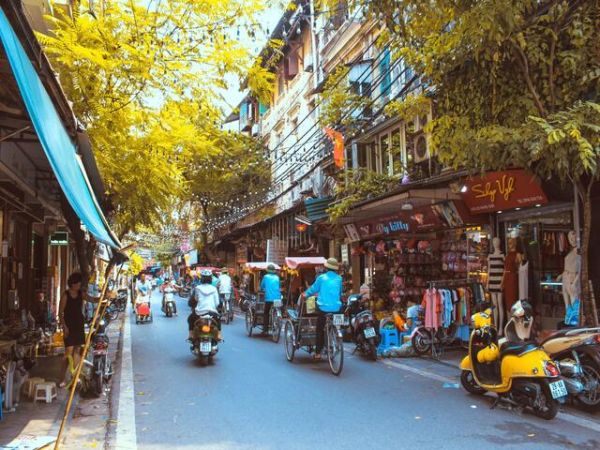THE TOMB OF KHAI DINH EMPEROR VIETNAM
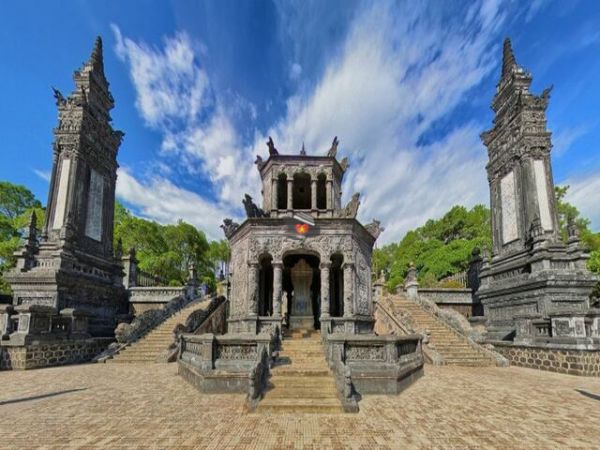
The Tomb Of Khai Dinh Emperor Vietnam. One of the most popular sites in Hue Imperial City is the Khai Dinh Tomb. This remarkable location attracts hundreds of visitors with its old beauty and nostalgic mood, thanks to its fascinating architecture and historical worth. Explore the most spectacular royal mausoleum of the Nguyen Dynasty right now.
The Tomb Of Khai Dinh Emperor Vietnam Information:
Address: Chau Chu Mountain, Thuy Bang Hamlet, District Huong Thuy, Hue Imperial City
Khai Dinh Emperor, like several Vietnamese monarchs, meticulously prepared a tomb in advance of his death. The monument was heavily influenced by the French building style, as seen by the Oriental mausoleum, which is the most visible manifestation of this European influence. To finish the tomb, the principles required to raise the national tax to 30%. Bao Dai, Khai Dinh's successor, completed this mausoleum in 1931.
The Tomb Of Khai Dinh Emperor Vietnam Directions:
The Tomb of Khai Dinh Emperor, located around 10 kilometers from the city of Hue, was the Nguyen Dynasty's final architectural masterpiece. Because of its unique use of Western materials and ideas, it is widely considered one of Vietnam's most exemplary structures. Feng shui specialists identified the exact site of the tomb at the time. Natural settings, such as hills and streams, are close to the tomb, which was also built using geographical feng shui concepts. As a result, we now have an awe-inspiring and stunning landscape.
The Tomb Of Khai Dinh Emperor Vietnam History:
Khai Dinh reigned as Vietnam's final imperial king from 1916 until 1925. His close links to the French, however, made him one of Vietnam's most despised rulers. The building of Khai Dinh began on September 4, 1920, and was finished a decade later. various well-known artists and craftspeople participated in the project, which included the use of various exotic materials. Despite its short overall area, the Khai Dinh mausoleum was the most labor-intensive and expensive mausoleum of the Nguyen Dynasty.
Khai Dinh, like past Vietnamese rulers, took considerable care in erecting a tomb following his death. To pay for the tomb's construction, the country's tax rate was hiked to 30%, garnering the monarch the anger of historians. After 11 years of work, his heir Bao Dai completed this monument in 1931.
Khai Dinh was significantly influenced by European architecture after visiting Paris shortly before his death, as seen by his tomb. Indeed, Khai Dinh's tomb demonstrates the king's flamboyant taste, which was a fusion of Eastern and Western cultural aspects. There is a distinct architectural aspect from India, Buddhism, Rome, and even the Middle Ages in every corner and cranny of this burial place. The mausoleum is a rectangular edifice perched atop Chau Chu Mountain on Hue's outskirts. This burial mound was built with Western materials such as slates, cement, and wrought iron.

The Tomb Of Khai Dinh Emperor Vietnam Architect:
The interior of the Thien Dinh Palace is best characterized as a cross between an early Vietnamese-style Taoist temple, such as Hanoi's Bach Ma Temple, and a 16th-century French palace. Paintings adorn the ceilings, while glass and ceramic mosaics adorn the walls. There has been no cost spared.
The Thien Dinh Palace's crypt is its most exquisite feature. Every square inch of the tomb area has been ornately adorned, and the pricey life-sized statue of the Emperor stands on top of the coffin, which is capped by a bronze canopy fashioned like cloth and weighs more than 1,000 kilograms.
Khai Dinh Tomb is substantially smaller than the other emperor tombs in Hue. The tomb's general design is a hill-site rising rectangular building with 127 steps. At the entry, one must climb a 37-step barrier flanked by dragons. After around 30 stairs, one gets to the imperial audience court, which has an octagonal stele monument built of reinforced concrete. There are two rows of sculptures facing the center on both sides of the courtyard, as well as other statues depicting bodyguard troops. These figures are composed of stone rather than concrete, which is unusual for Khai Dinh Tomb.
Going up one more level brings you to the altar area. Many rooms link to one another in this complex, which includes the Khai Thanh Palace, the principal chamber of the Thien Dinh Palace. The walls are richly ornamented, virtually in the Rokkoko style, with exquisite glass and porcelain motifs inlaid. The floor is tiled with a nice floral pattern, and the ceiling is painted with nine dragons in lovely ephemeral clouds. The main temple, featuring a statue of Khai Dinh, his burial, and his altar, is located in the back chamber of the Khai Thanh palace. The glassy and ceramic mosaics, a masterwork of Vietnamese artists from the early twentieth century, are the tomb's most prominent feature.

Hotline/ WhatsApp: +847-6666-0606
Email: info@friendlytravel.vn




